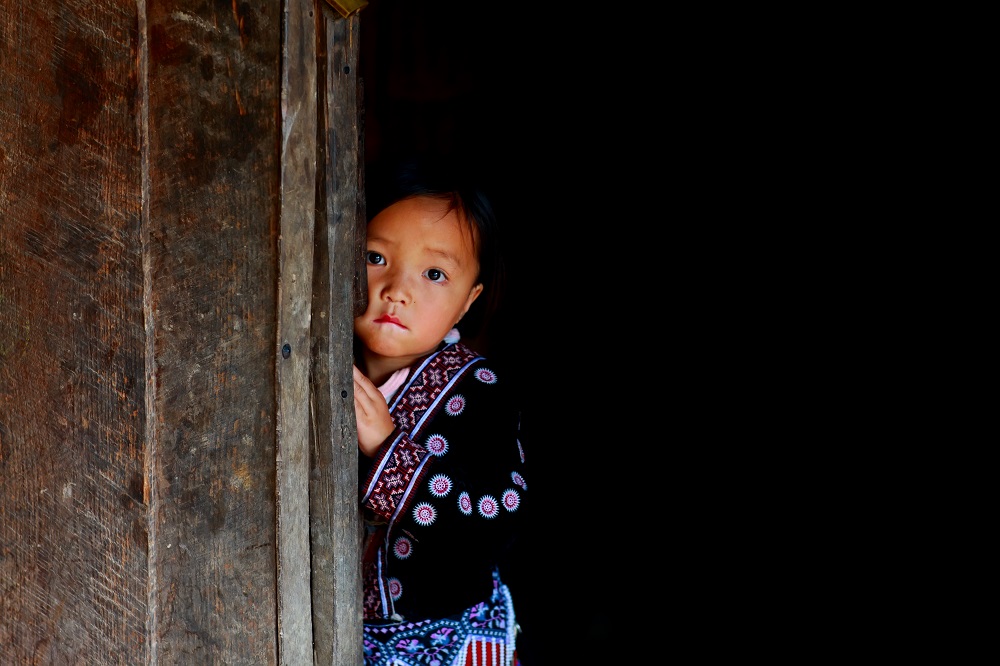The abortion debate has intensified following a series of new abortion restrictions in a number of U.S. states. One thing that both those on the “pro-choice” and the “pro-life” side can agree on is that forced abortion disregards women’s choices and constitutes a human rights violation. What many people may not realize is that forced abortions are, deplorably, still taking place in China under the two-child policy. Worst of all, the rationale behind these abuses—fear of overpopulation—is fundamentally misguided.
In 2015, China ended its “one-child policy,” which restricted families to a single child, and has since adopted a “two-child policy,” but coercion still occurs.
The U.S. State Department’s Country Reports on Human Rights Practices for 2018 found that “coerced abortions and sterilizations” continue to take place under China’s revised Population and Family Planning Law. The 2018 report relates that forced abortions were carried out in the provinces of Hubei, Hunan, and Liaoning, among others, and it also found that forced abortion protocols remained on the books in the provinces of Guizhou and Yunnan.
“A third baby is not allowed so we are renting a home away from our village. The local government carries out pregnancy examinations every three months. If we weren’t in hiding, they would have forced us to have an abortion,” a Chinese father of three told the BBC.
In response to the question, “If they had come for your wife, to carry out this forced abortion, would it have been possible to resist? Could you have refused?” the father answered, “No we cannot resist. There would be many family planning officers to take us away. They would put us in a van, directly to the family planning office, for the abortion.”
Ethnic and religious minorities are often the targets of forced abortions. The Chinese government brutally discriminates against the minorities in China’s westernmost region, Xinjiang. This area has a large population of minority ethnic groups such as Uyghurs and Kazakhs, who practice Islam, which conflicts with the Communist Party’s state atheism. Even many people who have heard of the persecution of these groups may not realize that many women belonging to them are forced to have abortions against their will.
Prejudice against minorities motivates some of the forced abortions in China under the two-child policy, but far from all of them. The coercive policy also affects many members of the majority ethnicity. For example, the Wall Street Journal reported that in 2018 a high school teacher with two children, surnamed Sun, in Hebei province, aborted her pregnancy after being threatened with job dismissal and a fine. The fine for an illegal birth can reach ten times the mother’s annual disposable income.
What motivates these human rights abuses? Overpopulation alarmism.
The Chinese government began coercively limiting family size in response to misguided overpopulation fears that became popular among Chinese officials in the 1970s, when the central arguments behind the Club of Rome’s report, “The Limits to Growth,” were translated into Chinese. The book warned, incorrectly, that population growth would deplete resources and lead to a “collapse” of society.
Hence in 1979, China imposed the infamous policy that restricted each family to one child, to try to limit population growth and prevent resource scarcity, and to this day restricts families to two children.
What the Chinese government does not realize is that a growing population does not necessarily bring about scarcity. On the contrary, new research shows that population growth goes hand-in-hand with more abundant resources.
Consider the amount of time it takes an average person to earn enough money to buy one unit in a basket of 50 basic commodities—the “time-price” of those items, so to speak. The Simon Abundance Index found that between 1980 and 2017, the time-price “declined by 0.934 percent for every one percent increase in population. That means that every additional human being born on our planet seems to make resources proportionately more plentiful for the rest of us.”
Moreover, economic development causes birth rates to fall without draconian population control measures. It is now well-documented that as countries grow richer, and people escape poverty, they opt for smaller families. That phenomenon is called the fertility transition.
In 1979, the year the one-child policy began, China’s birth rate was just under three children per woman. China’s economy has grown dramatically since it adopted policies of greater economic freedom in 1978, and as the country has grown richer, its fertility rate has fallen. The decline has been perfectly in line with trends in neighboring countries that have also seen rapid economic growth, and that do not coercively limit family sizes.
South Korea, where the fertility rate was very similar (and in fact slightly higher than China’s) in 1979, has seen an even steeper decline since then and today has fewer births per woman than China. So too does Hong Kong, an autonomous region of China where families are free to have as many children as they choose.
While the human rights abuses alone are reason enough to oppose family size limits, the premise that “overpopulation” is a problem at all is incorrect. China’s two-child policy is not only inhumane, but pointless.
This piece first appeared in The Hill.

